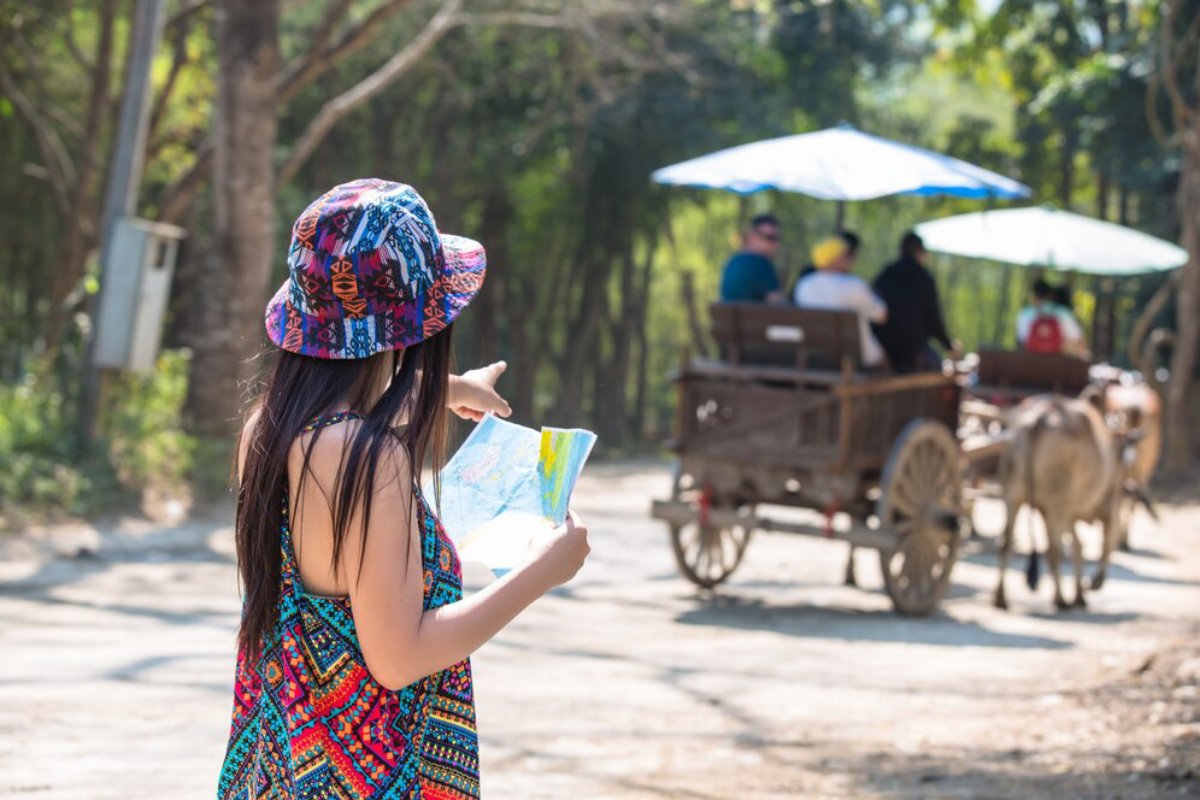
Embracing Local Cultures Through Slow Travel
In a world where fast-paced sightseeing often means ticking landmarks off a checklist, slow travel offers something different—something deeper. It invites you to trade urgency for understanding and rushed itineraries for rich experiences. At its heart, slow travel is about cultural immersion, building genuine connections with the places you visit and the people who call them home.
As more travellers seek purpose and authenticity, slow travel has grown from a niche idea into a global movement. It’s not just about spending more time in one place—it’s about how you spend that time. Through mindful exploration, you can leave a lighter footprint while gaining a fuller appreciation of local life, history, and culture.
Here’s how slow travel transforms the way you explore the world—and how to do it well.
What Is Slow Travel?
Slow travel is a mindset that values quality over quantity. Instead of trying to see as much as possible in a short amount of time, you choose to linger—to stay in one destination longer, learn about its culture, and experience it as locals do.
Core values of slow travel:
- Presence: Being fully engaged in the moment, not rushing to the next site
- Connection: Getting to know local people, traditions, and customs
- Sustainability: Supporting local businesses and reducing environmental impact
- Intentionality: Making conscious choices about where you go and why
It’s travel with soul, where the goal is not just to “visit” a place but to feel it.
Why Cultural Immersion Matters
In the age of global tourism, it’s easy to visit a country without ever truly understanding it. Cultural immersion helps bridge that gap. By engaging with local traditions, language, food, and daily life, you move beyond being a tourist—you become a respectful guest.
Benefits of cultural immersion:
- Broader worldview: Learn from different values, customs, and ways of life
- Deeper empathy: Understand social and cultural challenges from the inside
- More memorable experiences: Personal connections and stories last longer than selfies
- Support for local communities: Your time and money go directly to people, not global corporations
Authentic travel isn’t found in curated photo ops—it’s in conversations, shared meals, and spontaneous moments of connection.

Slow Travel Tips for Cultural Connection
Ready to slow down and travel with more intention? Here are practical slow travel tips to help you deepen your cultural experiences and make your journey more meaningful.
1. Stay Longer in Fewer Places
Rather than visiting five cities in ten days, consider spending all ten days in one town or region. This gives you time to settle in, notice the details, and form relationships.
- Rent an apartment or homestay for a week or more
- Explore beyond the tourist zones—visit local markets, cafés, and community events
- Build routines that mirror local life: visit the same bakery, take daily walks, greet your neighbours
The longer you stay, the more naturally cultural immersion happens.
2. Learn the Language (Even Just a Little)
You don’t need to be fluent to show respect and make connections. Even a few phrases in the local language can open doors and spark smiles.
- Learn greetings, polite phrases, and how to say thank you
- Practice with locals—they usually appreciate the effort, even if you stumble
- Use language apps or take a short course before your trip
Language is more than communication—it’s a bridge to culture and connection.
3. Use Public Transport or Walk
Instead of taxis or tourist buses, travel the way locals do. It slows you down and gives you a front-row seat to daily life.
- Take the metro, tram, or bus and observe commuters
- Walk or bike through neighbourhoods off the beaten path
- Say hello to street vendors and fellow travellers
Mindful exploration often begins with the journey itself.
4. Stay with Locals or in Family-Run Stays
Skip chain hotels and choose accommodations that allow for real interaction.
- Try homestays, B&Bs, eco-lodges, or guesthouses
- Talk to your hosts about the area—they’ll often share stories or insider tips
- Share meals or cooking experiences if offered
Your lodging can be more than a place to sleep—it can be a window into a different way of life.

5. Eat Locally and Learn About the Cuisine
Food is culture—and eating locally is one of the easiest and most enjoyable ways to connect.
- Dine at small, family-run restaurants
- Visit markets and try regional ingredients
- Take a local cooking class to learn traditional recipes
- Ask about the stories behind dishes—many carry deep historical or cultural significance
Eating slowly, with curiosity and gratitude, enhances your appreciation for place and people.
6. Participate in Local Traditions or Festivals
If your visit coincides with a holiday or community event, attend respectfully. It’s a chance to learn, celebrate, and observe cultural values in action.
- Watch parades, dances, or public ceremonies
- Ask permission before taking photos, especially during sacred events
- Follow dress codes or behaviour expectations as a sign of respect
Shared celebrations offer powerful moments of mindful exploration and mutual joy.
7. Support Local Artisans and Businesses
One of the best ways to give back is to spend locally. Choose businesses that reflect the community’s values, creativity, and heritage.
- Buy souvenirs from local makers, not mass-produced shops
- Book tours or classes run by locals
- Donate time, not just money, to community projects if the opportunity arises
This kind of travel strengthens local economies and fosters pride in cultural traditions.
8. Be Curious, Not Critical
Cultures may do things differently than you’re used to. That’s part of the beauty—and the challenge—of travel. Approach unfamiliar customs with openness rather than judgment.
- Ask respectful questions rather than make assumptions
- Reflect on your own culture—what seems “normal” to you may not be universal
- Accept discomfort or confusion as part of learning
True cultural immersion means stepping outside your comfort zone with humility and curiosity.
The Role of Mindful Exploration
Mindful exploration is the practice of travelling with awareness—of your surroundings, your impact, and your intentions. It transforms routine travel into something purposeful and lasting.
Key elements of mindful travel:
- Presence: Resist the urge to rush or document every moment
- Gratitude: Appreciate the access and experiences you’ve been given
- Reflection: Journal, meditate, or simply sit quietly and absorb
- Respect: Honour local norms, spaces, and people with care
When we explore mindfully, every street corner becomes a lesson, every shared smile a connection.
Conclusion: Travel Slower, Connect Deeper
In a world where movement is constant and attention is fleeting, slow travel offers a powerful alternative: a chance to pause, notice, and truly engage. By choosing depth over distance and connection over convenience, we begin to see the world—and ourselves—more clearly.
Through language, food, stories, and shared time, cultural immersion transforms travel from a checklist to a chapter in your life. And through mindful exploration, we return home not just with memories, but with meaning.
So on your next journey, consider travelling a little slower. You may just find that by doing less, you experience so much more.


